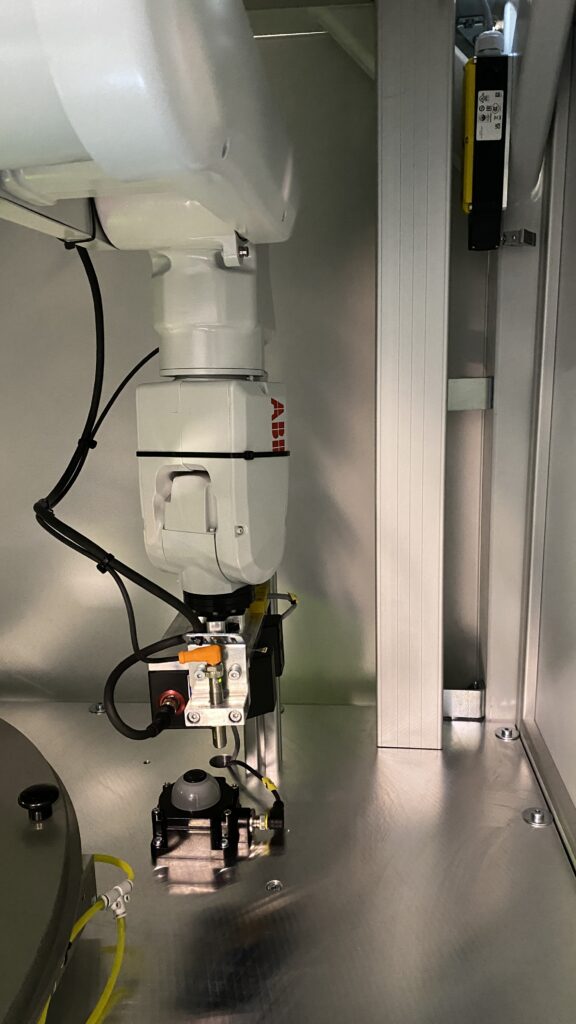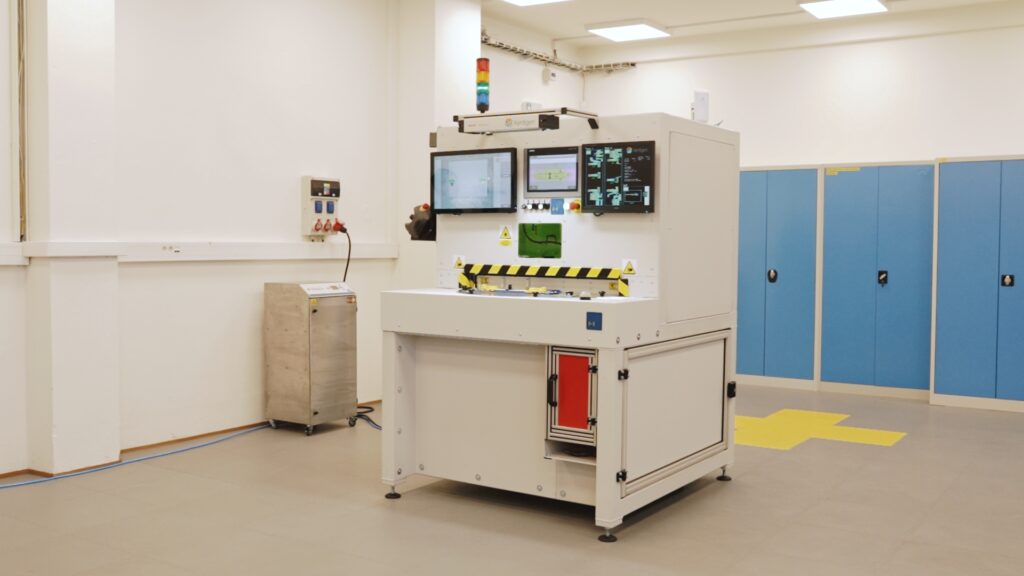End of line testing
End of Line (EOL) testing is an important aspect of product verification in manufacturing companies. The purpose of EOL testing is to ensure that no defective parts leave production.
This is particularly important where 100% of the products leaving the factory are tested. For example, in the automotive industry, but also in other industries where manufactured parts are installed in cars and other technological units, and the failure of one system often leads to the failure of the whole.
End of Line (EOL) test solutions test the products produced in different ways. By measuring, visual inspection and functional verification.
Some examples of test methods and characteristics or functions tested in the automotive and consumer electronics industries include:
Modern EOL systems are a major part of quality control and should meet the following parameters:
- Visual testing (e.g. cable shape, length and fitting, or automatic optical colour checking).
- Acoustic/sound testing (e.g. testing loudspeakers or the correct sound of fire alarms).
- Testing of electrical functions (e.g. checking the functionality of electronic control units, mobile phones, etc.).
- Mechanical testing (e.g. vehicle engine torque testing).
- Leak testing (e.g. testing the turbo housing gasket).
Modern EOL systems are a major part of quality control and should meet the following parameters:
- They meet specific industry standards.
- They are selected and designed to test exactly what the customer needs.
- They are modular and can be upgraded.
- Have access control with user management (logs changes and is password protected or otherwise secure).
- Reliable (the measurement capability is reliable and the diagnostic system reliably warns of internal faults or problems).
- They are as fast as possible (the test cycle time is short, according to the actual technological possibilities).

Our web page offers a dedicated section for EOL testing solutionFor example, we've created solutions for testing USB hubs in cars, checking audio connectors and cables, or units that automatically call for help in the event of an accident in your car.
Share the article
Facebook
LinkedIn



